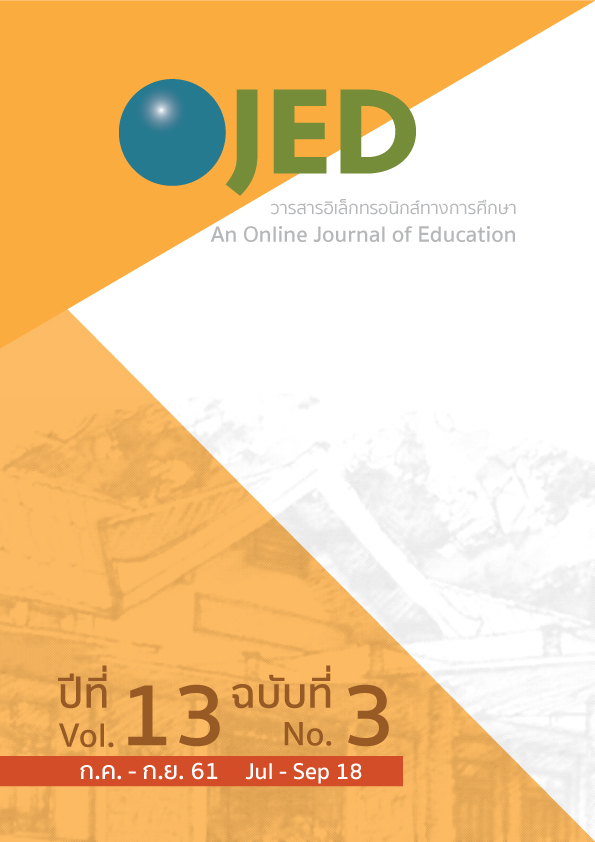EFFECTS OF ENGLISH CREATIVE WRITING INSTRUCTION USING MULTIPLE INTELLIGENCES THEORY ON ENGLISH WRITING ABILITY OF HIGHER SECONDARY STUDENTS
Keywords:
MULTIPLE INTELLIGENCE, ENGLISH CREATIVE WRITING ABILITYAbstract
The purposes of this study were to: 1) explore how English creative writing instruction using multiple intelligence theory improves students’ English creative writing ability, 2) examine students’ opinions toward English creative writing instructions using multiple intelligences theory. This research was of a ne group pretest-posttest design. The participants were 39 secondary students who studied the English creative reading and writing subject in the academic year 2017 at Piyamaharachalai school. The research instruments were classified into the instructional tools and data collection tools. The instructional tools comprised lesson plans, scoring rubrics, and student logs. The data collection tools were needs analysis questionnaire, multiple intelligence (MI) inventory test, writing ability tests, and questionnaire. The data were analyzed using pair-samples t–test, mean score and standard deviation. The results revealed that: 1) the students’ English writing post-test was significantly higher than that of the pretest at the significant level of 0.05, and 2) the questionnaire results indicated positive opinions among the students toward the instruction.




